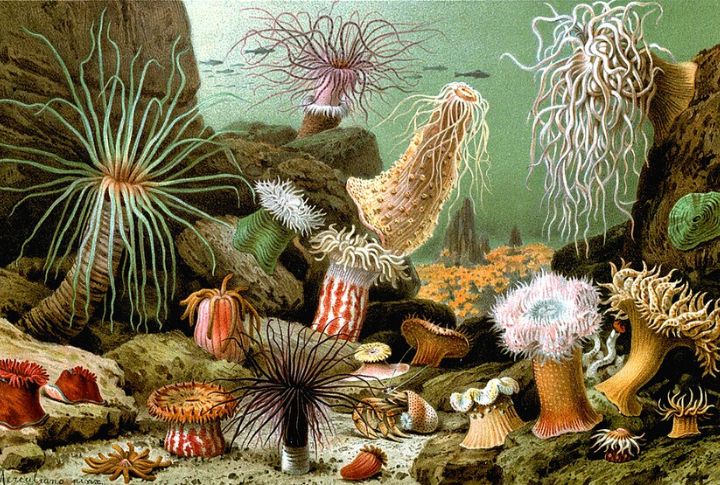
Cloning is believed to be a marvel of modern science, but several animals have been doing it naturally for millennia. These species thrive without mates, thanks to a fascinating process called asexual reproduction. Somehow, evolution has not affected their reproduction cycle. Scroll to meet 10 of those animals that defy genetic norms and create perfect copies of themselves.
Marbled Crayfish
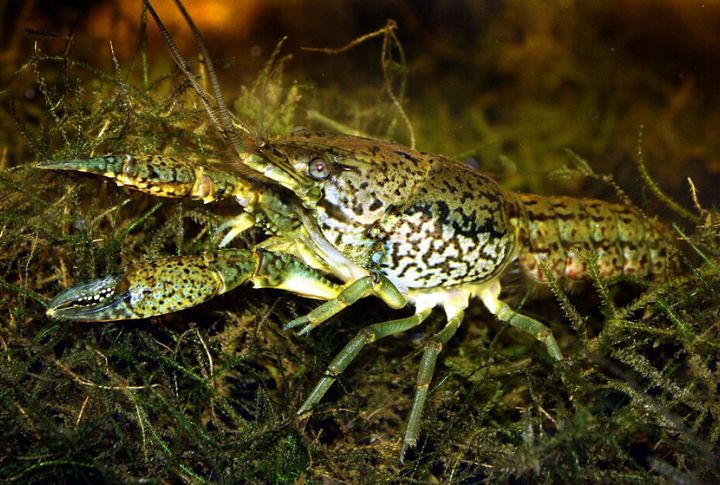
The marbled crayfish, also known as Procambarus virginalis, is an all-female species that reproduces through a type of asexual reproduction. First discovered in the 1990s from a single mutation in a German aquarium, every individual is a genetic clone of the original. Their ability to self-replicate allows for rapid colonization.
Amazon Molly
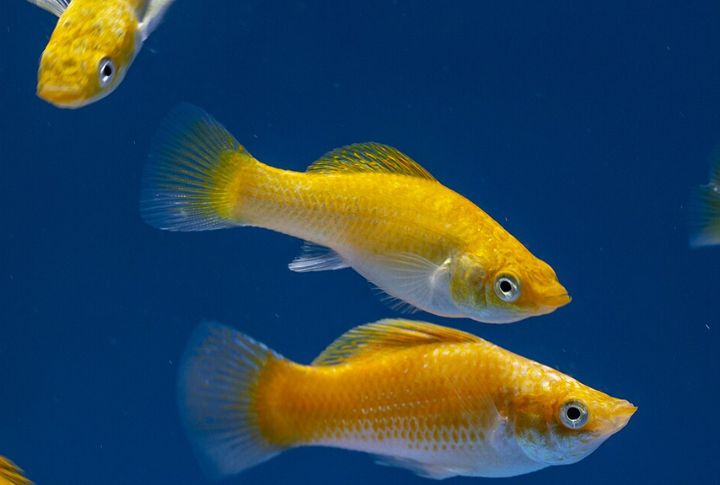
Named after the mythical Amazon warriors, the Amazon molly (Poecilia formosa) consists only of females. They reproduce via gynogenesis: sperm from closely related species triggers egg development but doesn’t contribute genetic input. The resulting offspring are clones of the mother.
Mourning Gecko
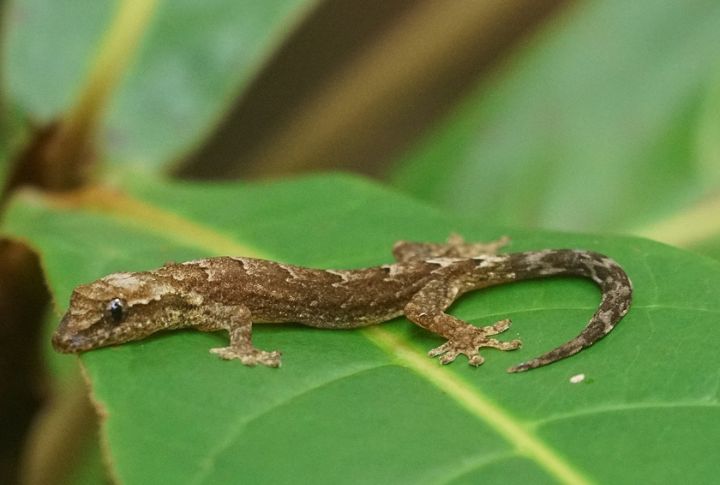
The mourning gecko (Lepidodactylus lugubris), found in coastal and tropical regions, reproduces without males. These all-female reptiles share nesting spots and easily adapt to human environments. Their tough nature and group-living tendencies have made them a common sight in both homes and the exotic pet trade.
Whiptail Lizards
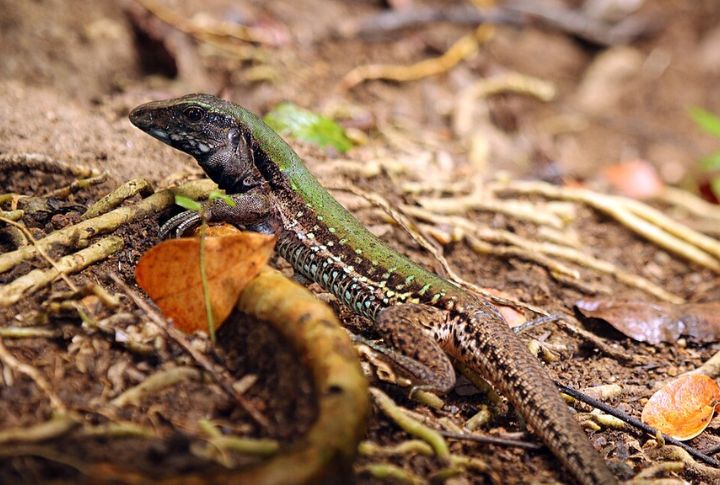
Several species within the whiptail genus (Aspidoscelis) reproduce through parthenogenesis. Their origins trace back to hybridization between sexual species, and they use courtship-like behaviors to prompt reproduction. Active and socially complex, these lizards live throughout dry habitats in Mexico and the southwestern parts of the United States.
Komodo Dragon
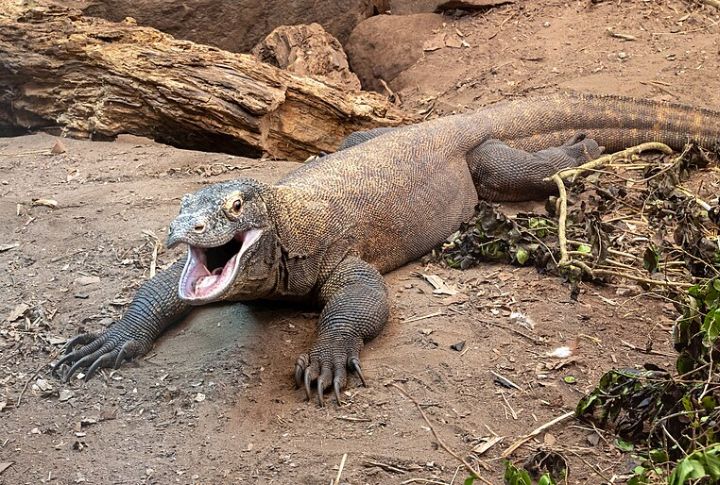
The formidable Komodo dragon (Varanus komodoensis) can switch to facultative parthenogenesis when no males are present. Documented cases in captivity demonstrate that isolated females can produce male offspring, which can later mate with their mothers to repopulate isolated islands.
Hammerhead Shark
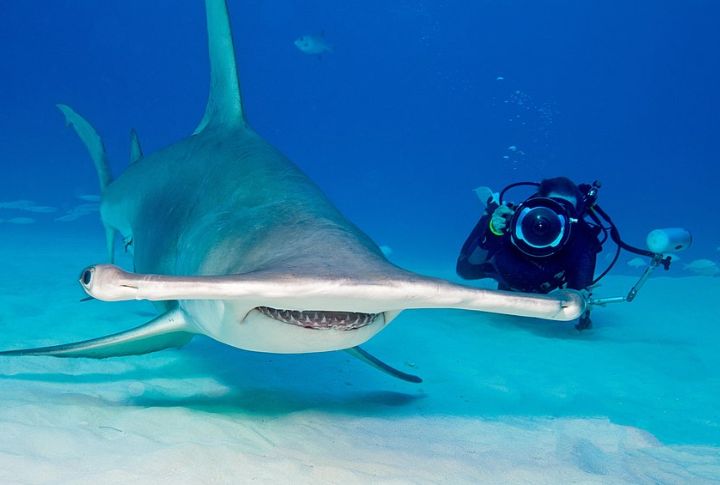
In 2001, a bonnethead shark became the first shark confirmed to reproduce via parthenogenesis in captivity. Though the offspring aren’t perfect clones due to genetic recombination, they are genetically similar. This ability has sparked interest in how sharks may survive in sparse or declining populations.
Boa Constrictor
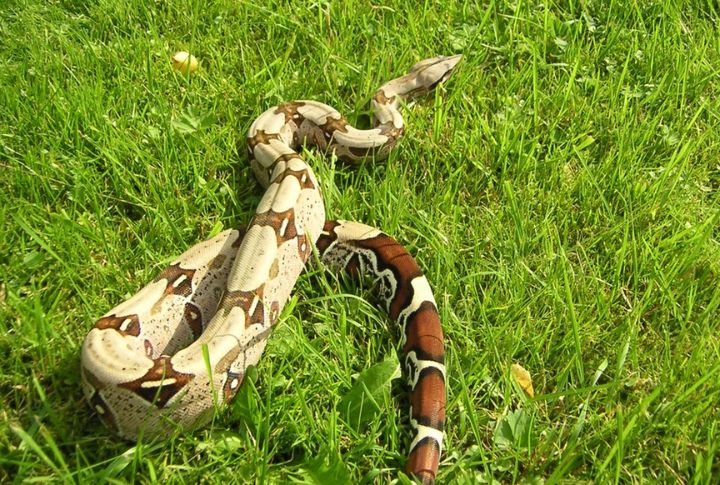
Female boa constrictors have exhibited facultative parthenogenesis in captivity. Remarkably, these births produced only female offspring with entirely maternal DNA. Some parthenogenetic boas also carried rare genetic anomalies not seen in sexually produced litters, offering insights into reptilian genetics and evolution.
Bdelloid Rotifers

These microscopic freshwater invertebrates have gone over 40 million years without mating. Bdelloid rotifers reproduce asexually and maintain genetic diversity through horizontal gene transfer, even borrowing genes from fungi and bacteria. They are also known for their extreme resilience to desiccation and radiation.
Hydra
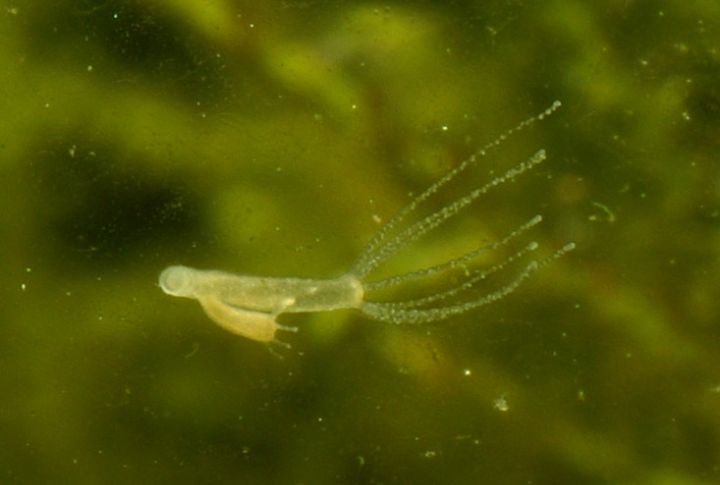
Hydras, small freshwater organisms from the phylum Cnidaria, clone themselves by budding. A mini replica grows from the parent and detaches when mature. These animals have fascinated scientists with their regenerative abilities and apparent biological immortality, showing little to no signs of aging.
Sea Anemones
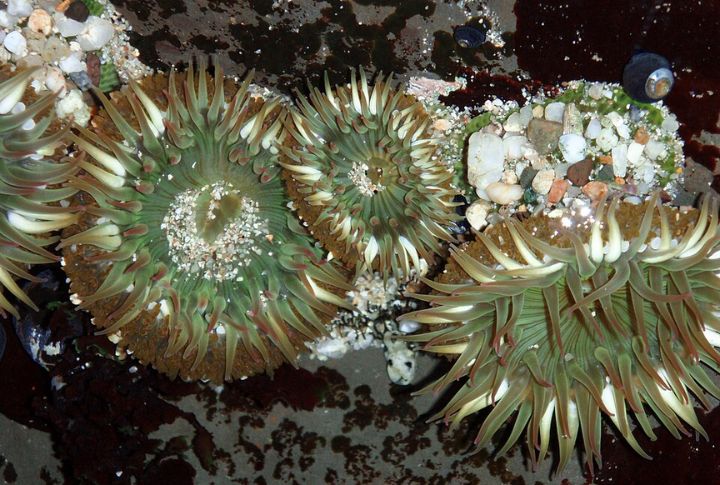
Sea anemones can reproduce asexually through binary fission or pedal laceration. In both cases, the resulting clone is genetically identical to the parent. Some species form sprawling colonies of identical individuals, though many can also reproduce sexually to increase genetic variation.

